World War II looms large in U.S. popular culture. There are more World War II feature films and documentaries than one can count; the image of U.S. Marines hoisting the flag at Iwo Jima or of a sailor kissing a parade-goer at the V-J Day celebration in Times Square are iconic. People of the era are valorized as “the greatest generation.” World War II is glorified because it is understood as the “good” war: The United States fought for a just cause and defeated fascism.
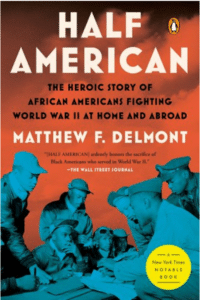 But Matthew Delmont’s new book asks readers to rethink what they know about the war by centering Black protagonists. He writes,
But Matthew Delmont’s new book asks readers to rethink what they know about the war by centering Black protagonists. He writes,
Nearly everything about the war — the start and end dates, geography, vital military roles, the home front, and international implications — looks different when viewed from the African American perspective.
One example: The dominant World War II narrative celebrates the unity of the nation — at home and abroad — in the face of fascism. But during the war, hundreds of industrial work stoppages led by white workers protested the hiring of Black workers; during only one three-month period, government officials estimated that these “hate strikes” cost war production plants more than 2.5 million worker hours. The Baltimore Afro-American called the strikers “Hitler’s Helpers.”
Delmont’s book, bursting with accounts of the war from the Black press, Black workers and veterans, and civil rights activists, will help teachers and students tell a fuller, truer, and more historically useful story of World War II. [Description from Rethinking Schools.]
ISBN: 9781984880413 | Penguin Books
Classroom Stories
Thanks to a donation from Dartmouth College and the author, the Zinn Education Project distributed 4,000 hardback and 10,000 paperback copies of Half American to public school teachers, school librarians, and teacher educators. Most of the books were offered as single copies for background great, 30% in sets of five for teacher reading groups, and 15% as classroom sets for teachers with a detailed plan for their classroom use.
Here are some of the teaching stories and comments we’ve received to date.
High school teacher Amanda Sandoval used blackout poems to introduce the book to her students. See powerful examples of their work below.
— Amanda Sandoval (@historysandoval) February 7, 2023
Reading the book Half American has changed my perspective on teaching about World War II. I had always heard the traditional narrative of how the home front came together to support the war effort, but the stories told in the book showed me the myriad ways this was not true for African Americans. While I was aware of segregation and racism in the military at this time, and the response to returning veterans like Isaac Woodard, I hadn’t realized all the ways African Americans were discriminated against, particularly with regards to the violence shown towards them and the efforts to keep them from fighting in Europe and the Pacific.
A huge “Thank you!” to the @ZinnEdProject for gifting us a class set of @mattdelmont’s newest book, _Half American: The Epic Story of African Americans Fighting WWII at Home and Abroad_. I will use it in my APUSH classes as well as my Ethnic Studies classes! pic.twitter.com/0ADtH573Jf
— Don Dumas (@don_dumas) December 5, 2022


I received Matthew Delmont’s book, Half American: The Epic Story of African Americans Fighting World War II at Home and Abroad, from the Zinn Education Project. I really enjoyed the book and wanted to share it with my students.
At the beginning of our unit on the WWII, I talked to the students about how the war, like many events in American history, impacted people in different ways and our goal was to see the war with new eyes through specific groups of people who lived it.
We started by watching an interview with Matthew Delmont about the purpose of his book and how he hoped to shed light on the vital role African Americans had in the war effort and their hope of a Double Victory. Then, at the beginning of each class period for the entire unit, we spent 15 minutes reading from the text. It was a really positive way to start and frame each class period.
We finished the unit with a culminating project that was inspired by a fellow history teacher, Amanda Sandoval. Students created blackout poems, which highlighted a major theme from the book. Each student chose one page from the book that would be the base of their poem. On that page, they selected words or phrases that supported the overall theme. Students covered the rest of the book page with an image that connected back the main idea. The only words remaining visible were those that created a new statement or poem about the African American experience in WWII.
I currently have pictures of the students’ final products on display in the hallway of our school for the rest of the student body to see and read.
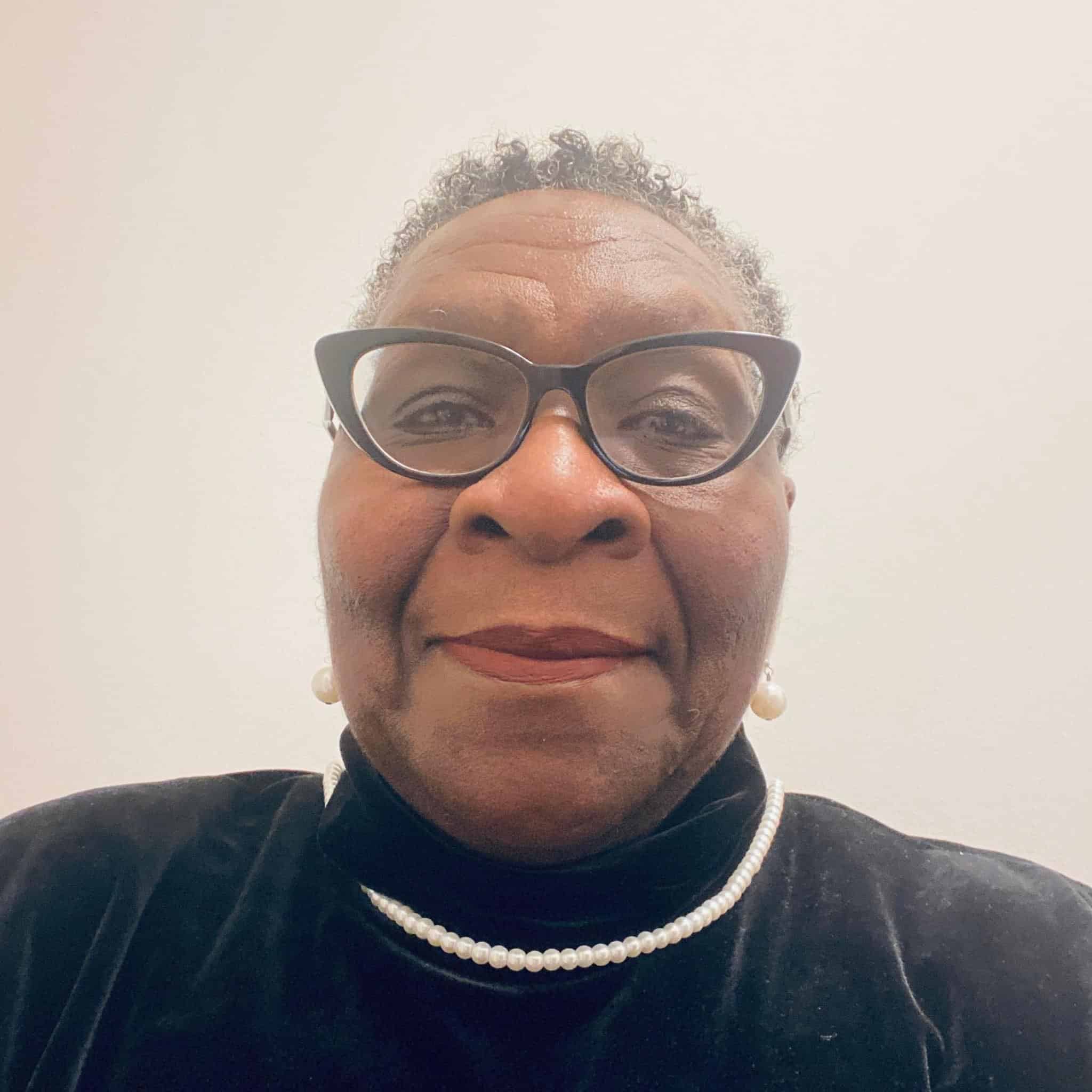
I’d not listened to Nat King Cole singing “We are American, Too” nor heard of The Negro Soldier movie until pausing to do so while reading Half American. What a great story of resistance and desire of Black Americans to secure full citizenship. The aims of the Double V campaign to secure victory over fascism abroad and victory over racism at home was a long, hard fight. Reading about Franco’s fascist troops destroying schools and libraries [in Spain] made me again think of current events. We must continue the fight to know the whole truth, as truth can set us free from repeating the same history.
Find many more teaching stories.

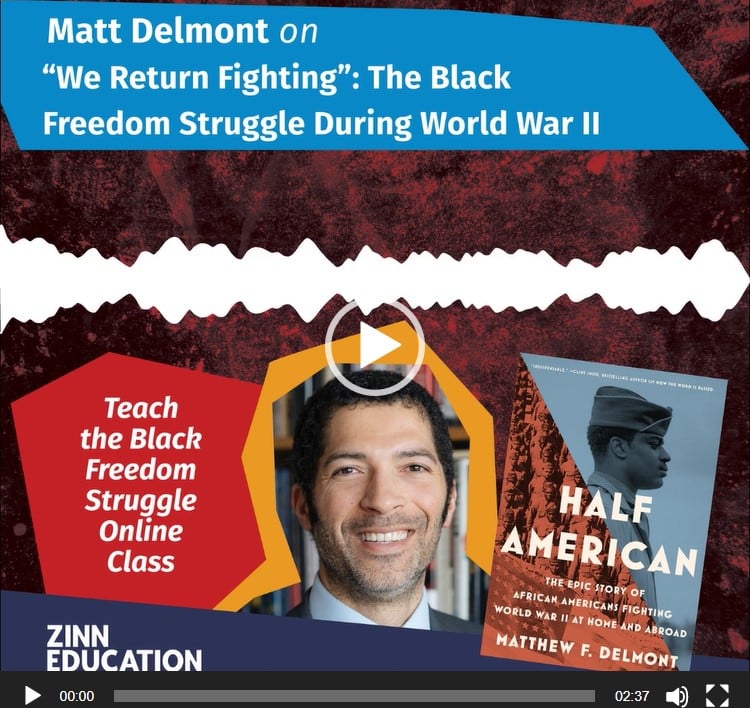
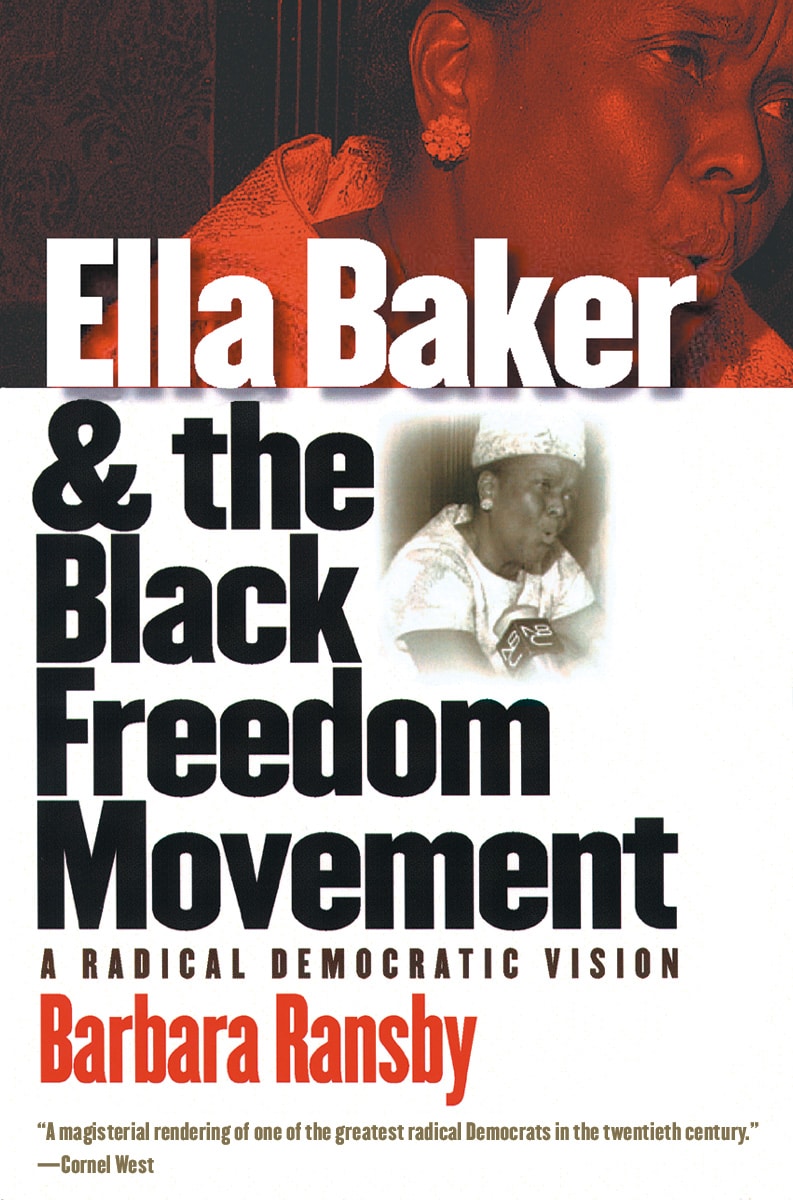
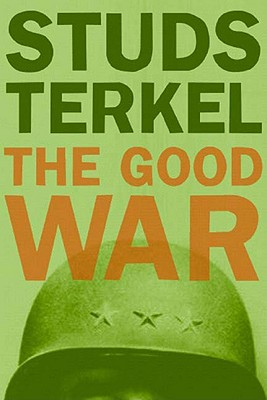
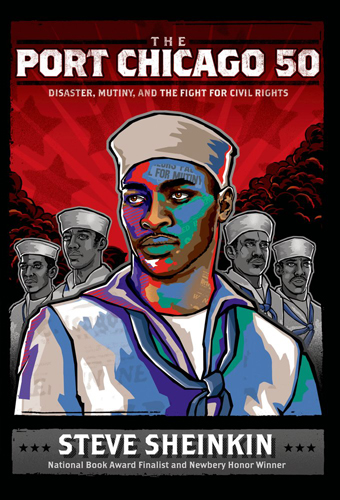

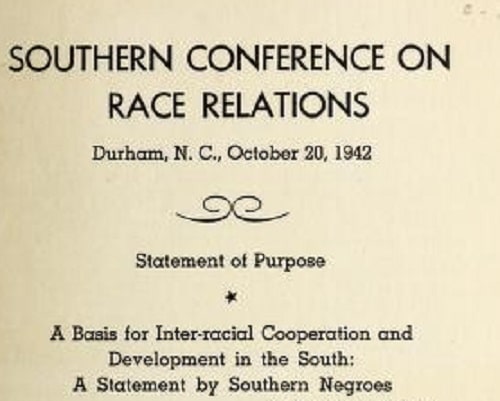







Twitter
Google plus
LinkedIn